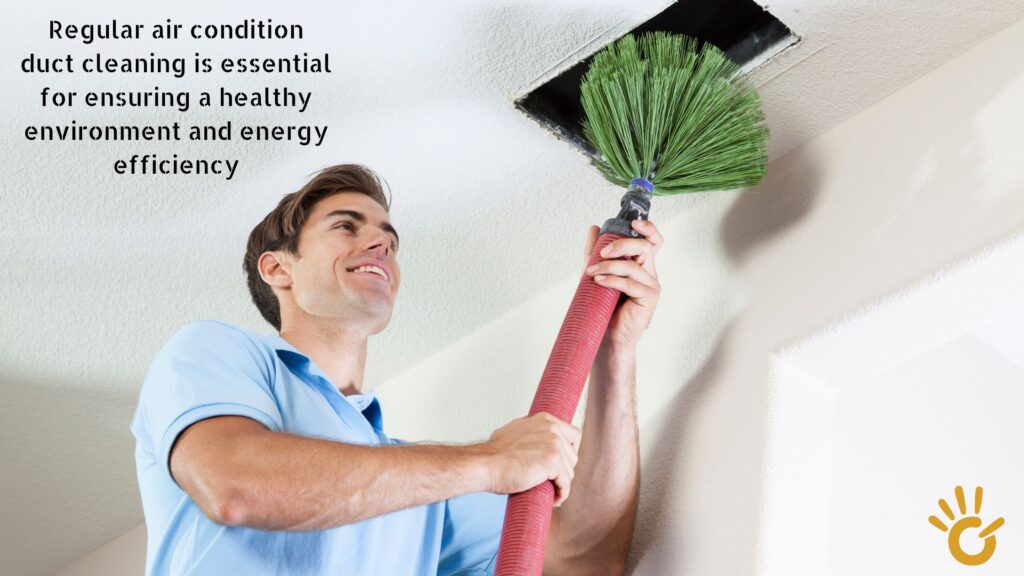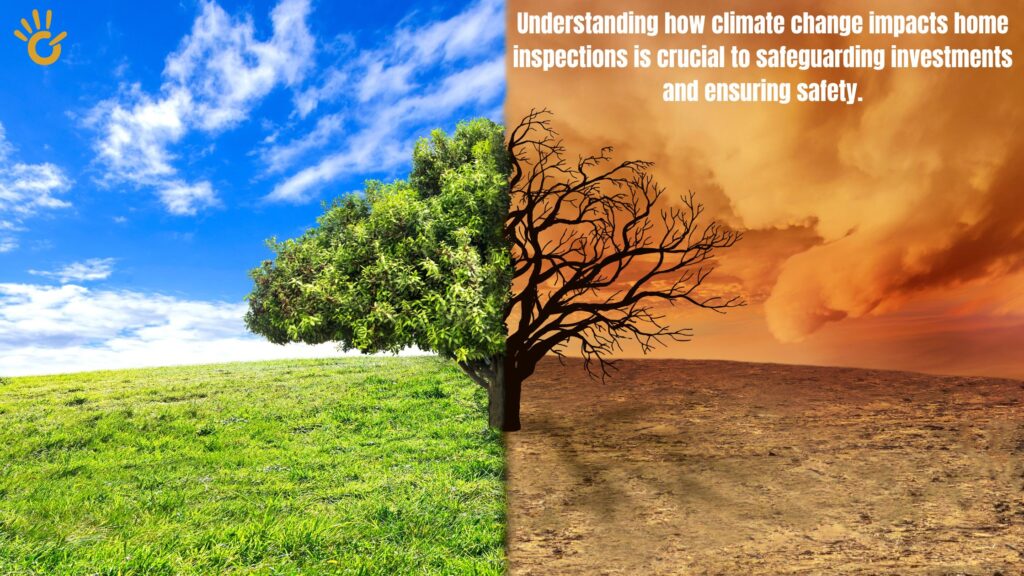Investment: Preventing Saltwater Damage & Corrosion in Seafront – Owning a property by the sea or marina offers breathtaking views, a serene lifestyle, and unparalleled access to water-based activities. However, these benefits come with unique maintenance challenges, primarily due to the corrosive nature of saltwater and the harsh coastal environment. Regular property inspections are critical for identifying potential issues early, preventing extensive damage, and preserving the value of your investment. This article delves into the importance of seafront and marina property inspections, common problems caused by saltwater exposure, and effective strategies for preventing corrosion and other related damage.
Preventing Saltwater Damage & Corrosion in Seafront
The Importance of Regular Inspections
Properties located near the sea are constantly exposed to high humidity, salty air, and strong winds—all of which can accelerate wear and tear. Regular inspections help homeowners:
- Identify Early Signs of Damage: Spotting corrosion, mold, and structural issues early can prevent costly repairs.
- Maintain Property Value: Regular maintenance keeps the property in top condition, safeguarding its market value.
- Ensure Safety: Identifying compromised structures, electrical hazards, or water damage ensures the property remains safe for occupants.
- Comply with Insurance Requirements: Many insurers require routine inspections for seafront properties to maintain coverage.
Common Issues in Seafront and Marina Properties
1. Corrosion of Metal Components
Salt-laden air accelerates the corrosion of metal fixtures, including:
- Railings, gates, and fences
- HVAC units and ductwork
- Plumbing pipes and fittings
- Marine hardware such as docks and boat lifts
2. Structural Deterioration
Salt and moisture can degrade building materials, leading to:
- Cracking or spalling concrete
- Rusting steel reinforcements
- Wood rot and decay
- Weakening of support beams and foundations
3. Electrical System Issues
High humidity and salt can corrode electrical wiring and components, causing:
- Short circuits and electrical fires
- Malfunctioning appliances and systems
- Increased risk of power outages
4. Mold and Mildew Growth
The humid coastal environment promotes mold and mildew growth, which can:
- Affect indoor air quality
- Damage walls, ceilings, and floors
- Pose health risks to occupants
Key Areas to Inspect
1. Exterior Surfaces
Inspect all exterior walls, roofs, and siding for signs of salt buildup, paint deterioration, and structural damage. Pay attention to:
- Cracks in stucco or concrete
- Rust stains on walls or around fixtures
- Peeling or bubbling paint
2. Metal Fixtures and Fittings
Examine metal components for rust and corrosion. This includes:
- Balconies, railings, and light fixtures
- Window frames and door hinges
- Outdoor furniture and marine equipment
3. Plumbing and Drainage Systems
Check for leaks, corrosion, and blockages in:
- Pipes and faucets
- Gutters and downspouts
- Sewage and drainage systems
4. Electrical Systems
Inspect wiring, circuit breakers, and outlets for signs of corrosion or moisture intrusion. Ensure all outdoor electrical fixtures are rated for marine environments.
5. Roofing and Waterproofing
Ensure the roof and waterproof membranes are intact to prevent water infiltration. Look for:
- Missing or damaged shingles
- Rusted flashing and gutters
- Water stains on ceilings or walls
Strategies for Preventing Saltwater Damage and Corrosion
- Use Corrosion-Resistant Materials: Opt for stainless steel, aluminum, or galvanized metal for fixtures and fittings.
- Apply Protective Coatings: Regularly apply anti-corrosion coatings, sealants, and waterproof paints to vulnerable areas.
- Regular Cleaning: Wash exterior surfaces with fresh water to remove salt deposits and prevent buildup.
- Install Dehumidifiers: Use dehumidifiers indoors to control moisture levels and prevent mold growth.
- Schedule Routine Maintenance: Engage professionals for regular maintenance of HVAC systems, plumbing, and electrical components.
- Seal Gaps and Cracks: Ensure all openings are sealed to prevent salt-laden air from penetrating the building envelope.
Conclusion – Preventing Saltwater Damage & Corrosion in Seafront
Seafront and marina properties offer a unique and luxurious lifestyle, but they require diligent maintenance to combat the effects of saltwater exposure and corrosion. Regular inspections are essential for identifying potential issues early, ensuring safety, and protecting the value of your investment. By using corrosion-resistant materials, applying protective coatings, and maintaining a proactive approach to property care, homeowners can enjoy the beauty of coastal living without the stress of unexpected repairs.



